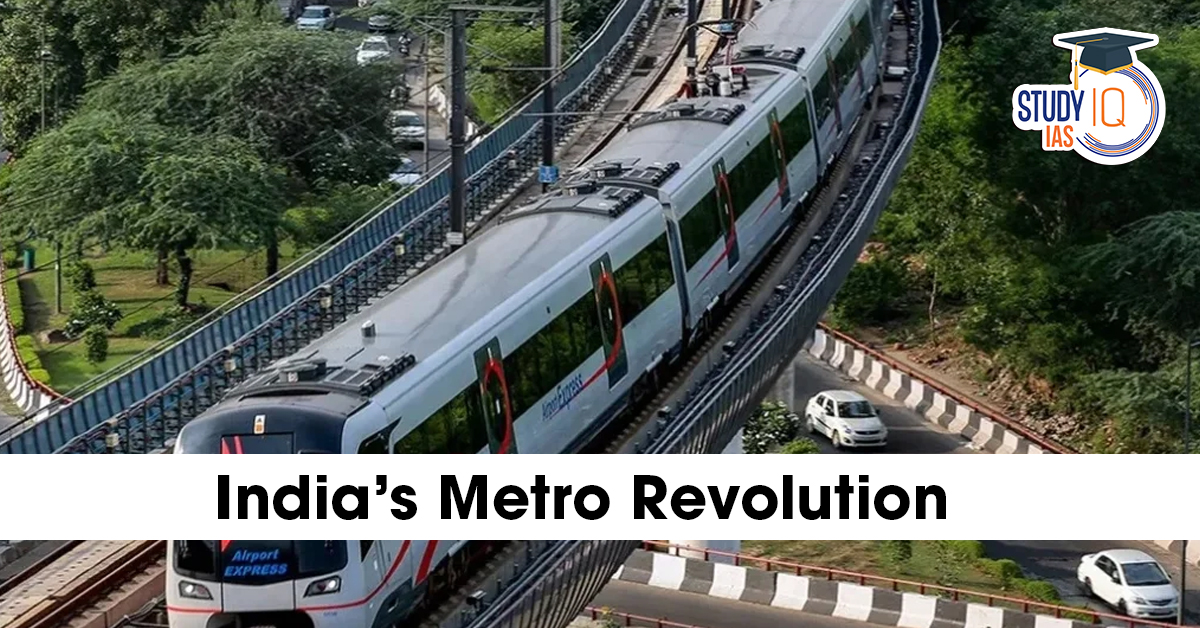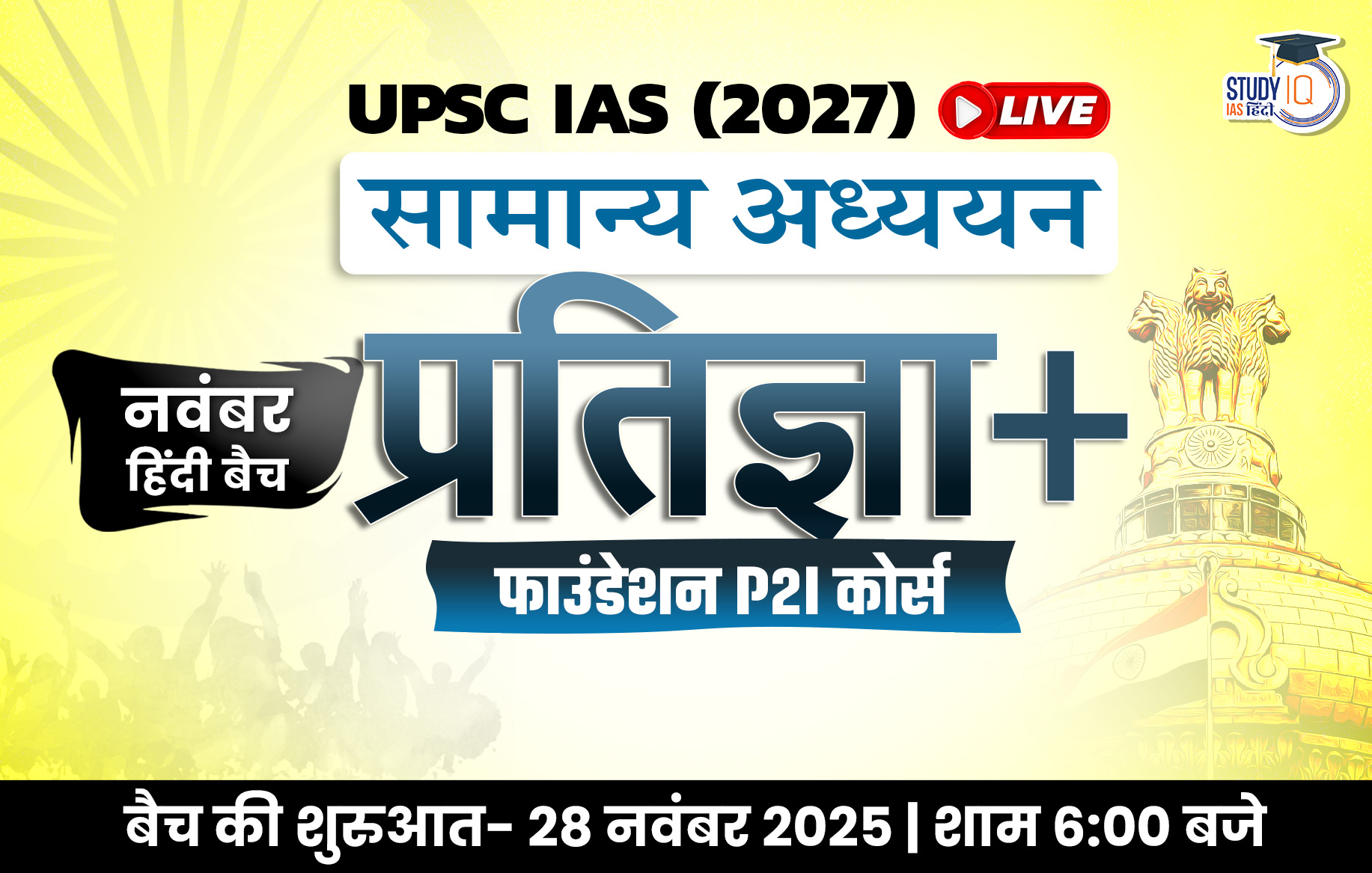Table of Contents
India’s cities are growing at an unprecedented pace, and with them, the demand for fast, reliable, and eco-friendly public transport has skyrocketed. The Metro Rail network has emerged as a game-changer, revolutionizing urban mobility, reducing traffic congestion, and cutting down pollution. From the pioneering Kolkata Metro in 1984 to the upcoming Delhi Metro Phase-IV and Mumbai Metro expansion, India’s metro revolution is a testament to innovation, efficiency, and sustainable development.
The Beginning of India’s Metro Journey
-
Kolkata Metro: India’s first metro, operational since 1984, remains an engineering marvel.
-
Delhi Metro: Launched in 2002, set new benchmarks for punctuality, cleanliness, and safety.
-
Gradual adoption in cities like Bengaluru, Chennai, Jaipur, Kochi, and Hyderabad marked the beginning of nationwide expansion.
Current Metro Rail Network in India (2025)
As of 2025, India has one of the largest metro networks in the world, with over 980 km operational and 600+ km under construction across 20+ cities.
List of Operational Metro Systems in India
| City | Metro System | Year Started | Operational Length (km) |
|---|---|---|---|
| Kolkata | Kolkata Metro | 1984 | ~47 |
| Delhi NCR | Delhi Metro | 2002 | ~393 |
| Bengaluru | Namma Metro | 2011 | ~73 |
| Chennai | Chennai Metro | 2015 | ~54 |
| Hyderabad | Hyderabad Metro | 2017 | ~69 |
| Kochi | Kochi Metro | 2017 | ~27 |
| Lucknow | Lucknow Metro | 2017 | ~23 |
| Jaipur | Jaipur Metro | 2015 | ~12 |
| Ahmedabad–Gandhinagar | Ahmedabad Metro | 2019 | ~40 |
| Mumbai | Mumbai Metro | 2014 | ~46 |
| Nagpur | Nagpur Metro | 2019 | ~42 |
| Pune | Pune Metro | 2022 | ~33 |
| Noida–Greater Noida | Aqua Line | 2019 | ~29 |
| Gurugram | Rapid Metro | 2013 | ~12 |
| Kanpur | Kanpur Metro | 2021 | ~9 |
| Agra | Agra Metro | 2023 | ~14 |
| Meerut | Meerut Metro (part of RRTS) | 2024 | ~13 |
| Patna | Patna Metro (Phase 1) | 2024 | ~6 |
Major Upcoming Metro Projects
-
Delhi Metro Phase-IV – Adding ~65 km new routes.
-
Mumbai Metro Lines 2A, 2B, 3, 4, and 6 – Expanding connectivity across the city.
-
Bengaluru Metro Phase-II – Connecting IT hubs.
-
Chennai Metro Phase-II – Adding 118 km.
-
Surat, Bhopal, Indore Metros – First-time launches.
Impact of India’s Metro Revolution
-
Reduced Traffic Congestion – Faster commute, fewer private vehicles on roads.
-
Eco-Friendly Transport – Electric-powered, significantly lowering CO₂ emissions.
-
Economic Boost – Better connectivity attracts investment and boosts local business.
-
Time Savings – Average travel time cut by 30–50%.
-
Urban Development – Metro corridors spur real estate growth.
Challenges in Metro Expansion
-
High Construction Costs – Metro projects require massive funding.
-
Land Acquisition Issues – Delays due to disputes.
-
Integration with Other Transport Modes – First/last-mile connectivity is still weak.
-
Operational Sustainability – Balancing ticket affordability with profitability.
Government Initiatives Supporting the Metro Revolution
-
National Urban Transport Policy (NUTP)
-
Make in India – Indigenous manufacturing of metro coaches.
-
Public-Private Partnerships (PPP) – Boosting investment.
-
Green Metro Initiatives – Solar panels, rainwater harvesting at stations.
Future of Metro Rail in India
India aims to expand its metro network to over 2,500 km by 2035, integrating metro systems with regional rapid transit systems (RRTS), electric buses, and bike-sharing networks. Innovations like driverless technology, AI-powered operations, and hydrogen-powered trains are being explored to make metros smarter and greener.
Conclusion
India’s metro revolution is more than just a transport upgrade—it is a symbol of urban transformation. With continuous expansion, technological integration, and sustainable planning, metro rail systems will remain at the heart of India’s journey toward modern, connected, and green cities.


 Miss Universe Winners List From 1952 to ...
Miss Universe Winners List From 1952 to ...
 RUDRA Brigade: The Biggest Transformatio...
RUDRA Brigade: The Biggest Transformatio...
 Project Gaja-Lok: INTACH Launches Landma...
Project Gaja-Lok: INTACH Launches Landma...

























